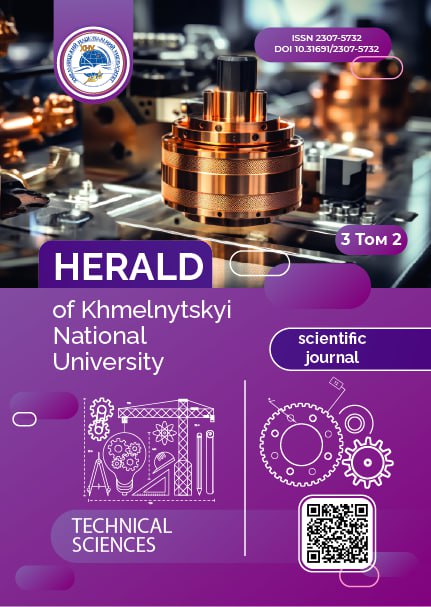SOFTWARE ARCHITECTURE FOR NEURAL NETWORK DETECTION OF HUMAN FACES MODIFIED PHOTOS
DOI:
https://doi.org/10.31891/2307-5732-2025-353-68Keywords:
neural network, detection of modified photos of people's facesAbstract
The article reviews the current state of the scientific direction related to neural network detection of modified photos of human faces. Analyzing current methods, the authors proposed a new approach that allows not only to detect the presence of facial modification, but also to determine the method of its origin. The main idea of the proposed method is to transform the input data in the form of a photo image using three separate neural network models. The first model is responsible for detecting faces in a photograph, the second determines the presence of modifications, and the third classifies the types of modifications, their complexity and the algorithms by which these modifications were created. The output data is presented in the form of a classification result, which includes the type, complexity and algorithm of the modification.
As part of the research, a software architecture was created that automates the process of detecting modified images of human faces using neural network methods. This architecture contributes to the creation of safer web environments, allowing for the automatic identification and classification of modified photographs.
To assess the effectiveness of the proposed neural network models, experiments were conducted to analyze the impact of training parameters on the values of the metrics for detecting facial modifications. Testing was performed on a sample of 200 images that were not included in the training set. The results of the experiment showed that the best results were achieved with the parameters Batch size 16 and Epochs 10, where the neural network training time was 152 seconds. Metrics: Accuracy – 0.98, Precision – 0.97, Recall – 0.97, F1 – 0.97.
Similar studies were conducted to evaluate the neural network model responsible for detecting types of modifications. The results also confirmed the effectiveness with the same parameters Batch size 16 and Epochs 10. The training time in this case was 172 seconds, and the metrics: Accuracy – 0.98, Precision – 0.97, Recall – 0.97, F1 – 0.97.
The findings of the study show that the proposed method is effective for detecting and classifying modified facial images. Further experiments with neural network architecture can improve the results. This approach will contribute to increasing the level of information security and privacy protection in the digital space.
Downloads
Published
Issue
Section
License
Copyright (c) 2025 АНДРІЙ ПОХИТУН, ОЛЕКСАНДР МАЗУРЕЦЬ, РОСТИСЛАВ ДИДО, МАРИНА МОЛЧАНОВА (Автор)

This work is licensed under a Creative Commons Attribution 4.0 International License.

